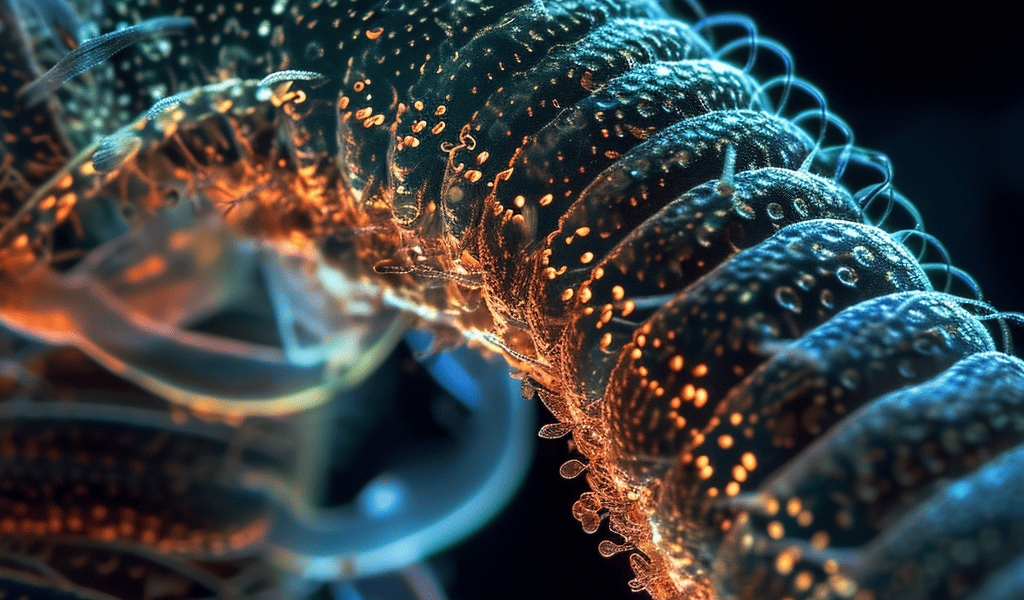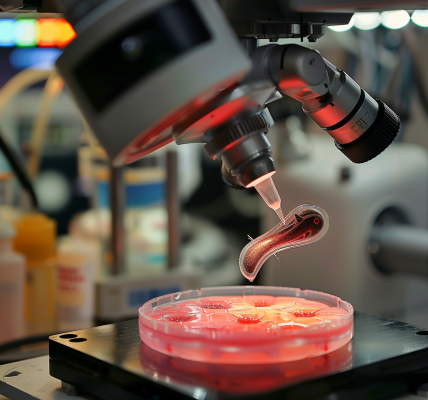This week in the world of science, a groundbreaking study has been published shedding light on the intricate interactions of the synaptonemal complex in the nematode C. elegans. Conducted by biologists at the University of Utah, the research has identified key protein segments that play a crucial role in guiding chromosomal interactions during the process of meiosis.
The study, published in the Proceedings of the National Academy of Sciences, presents a novel method developed by the University of Utah biologists to illuminate the complex interactions of the synaptonemal complex. This method utilizes genetic suppressor screening, opening new avenues for research on large cellular assemblies that have previously resisted traditional structural analysis.
Meiosis, the process by which cells with two chromosome copies reduce their chromosome numbers to one, is essential for the formation of reproductive cells. The synaptonemal complex (SC) plays a vital role in this process by lining up and anchoring the parental chromosomes together, facilitating successful genetic exchanges. Failure to regulate this exchange can lead to infertility, making the study’s findings particularly significant for understanding and addressing age-related infertility in humans and other organisms that reproduce sexually.
According to the senior author of the study, Ofer Rog, the new method provides a way to study cellular systems that were previously difficult to analyze using traditional techniques. ‘This is a way to lock in on systems in cells that are too ‘loosey-goosey’ to use methods that rely on crystallization,’ said Rog, who is also an associate professor of biology at the University of Utah.
The groundbreaking research not only provides valuable insights into the mechanisms of meiosis and fertility but also opens up new possibilities for further exploration of cellular interactions and structures that have previously been challenging to study. As scientists continue to unravel the complexities of cellular processes, this study marks a significant step forward in understanding the fundamental mechanisms that underpin fertility and genetic variability across different species.





